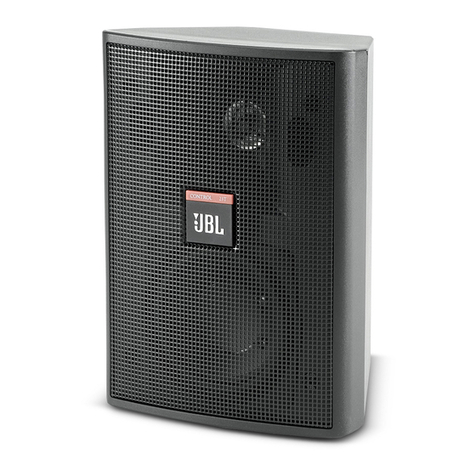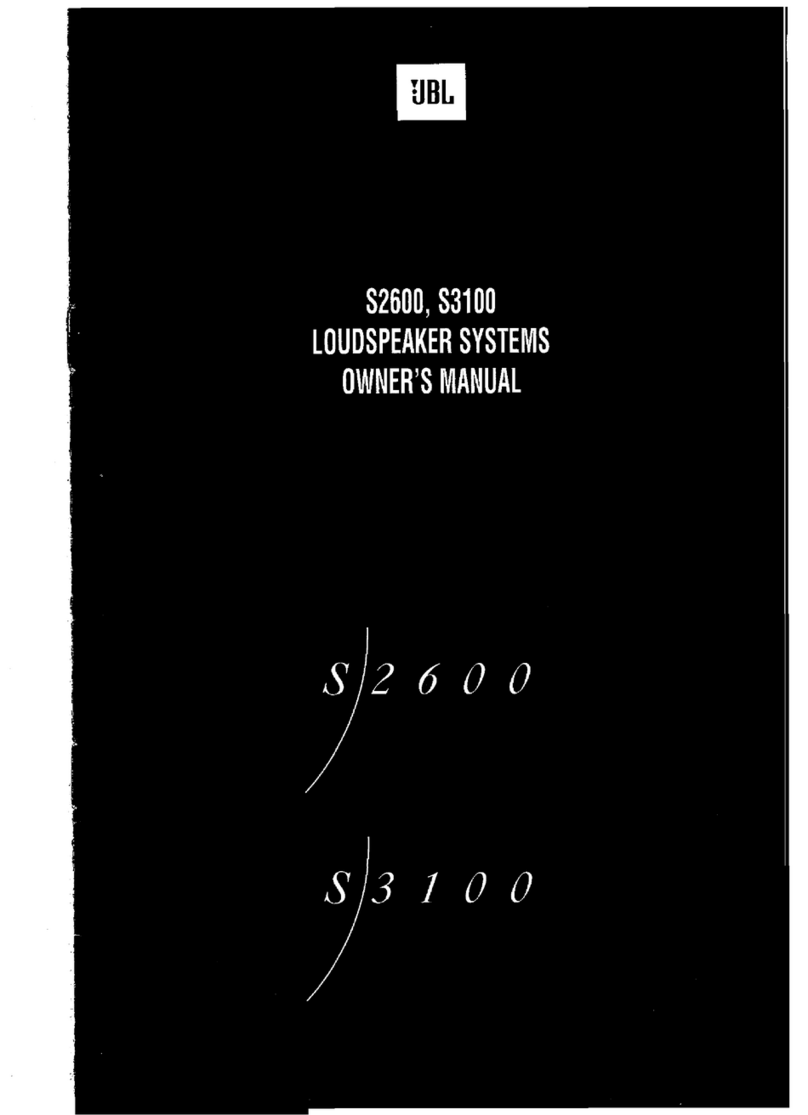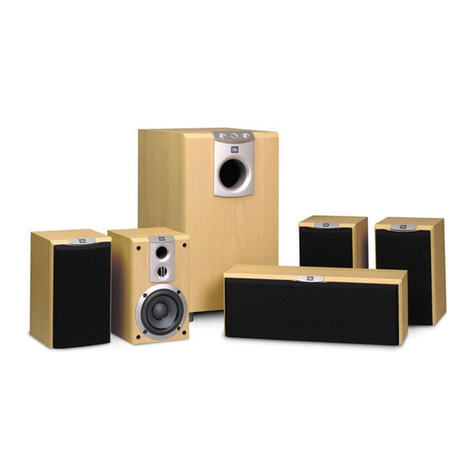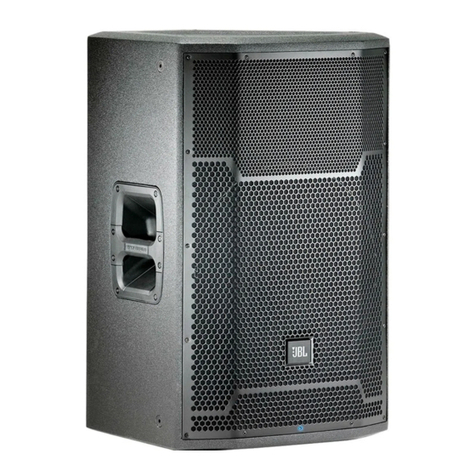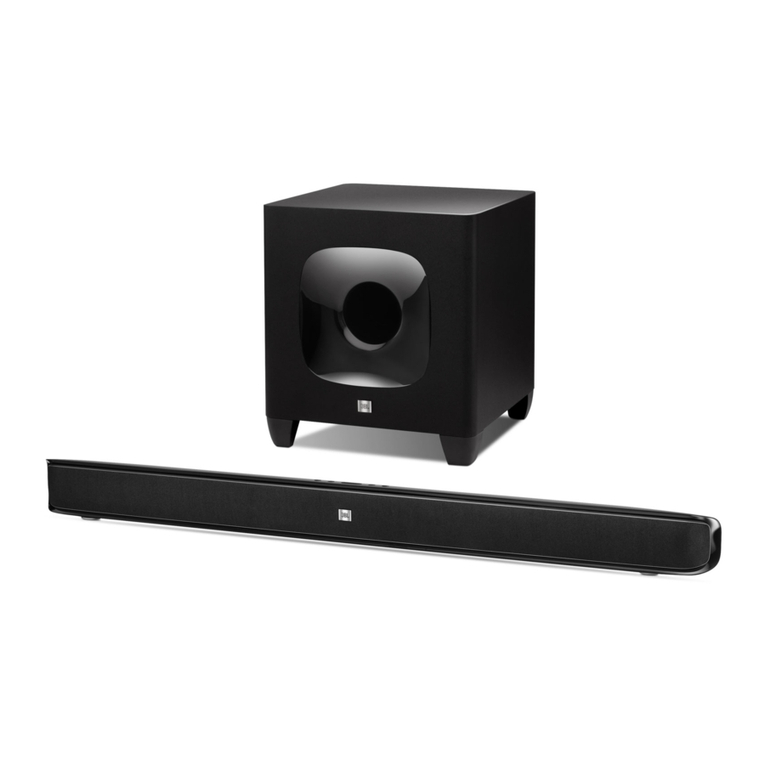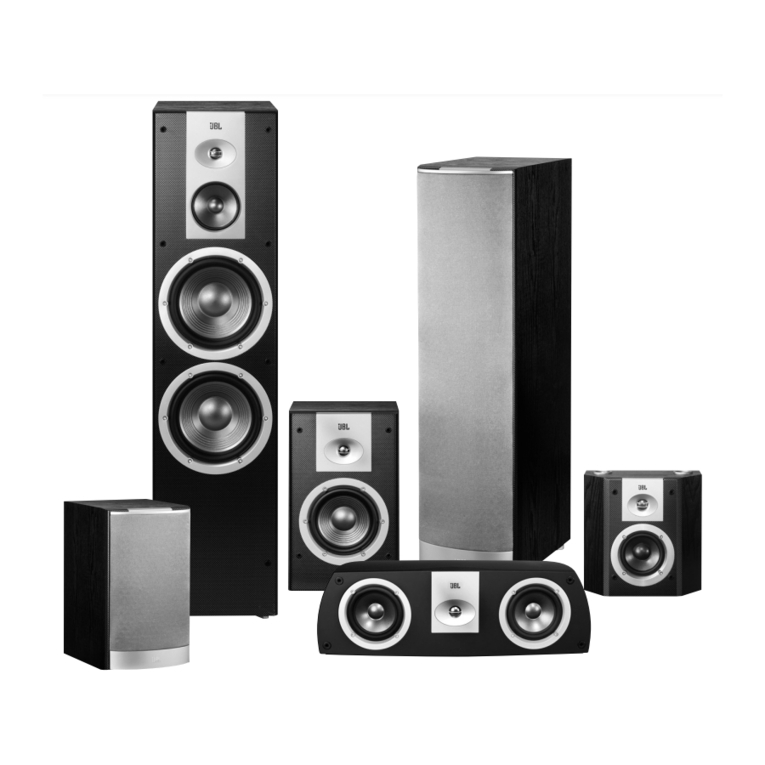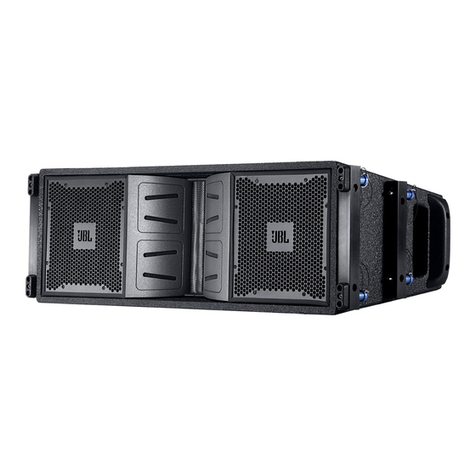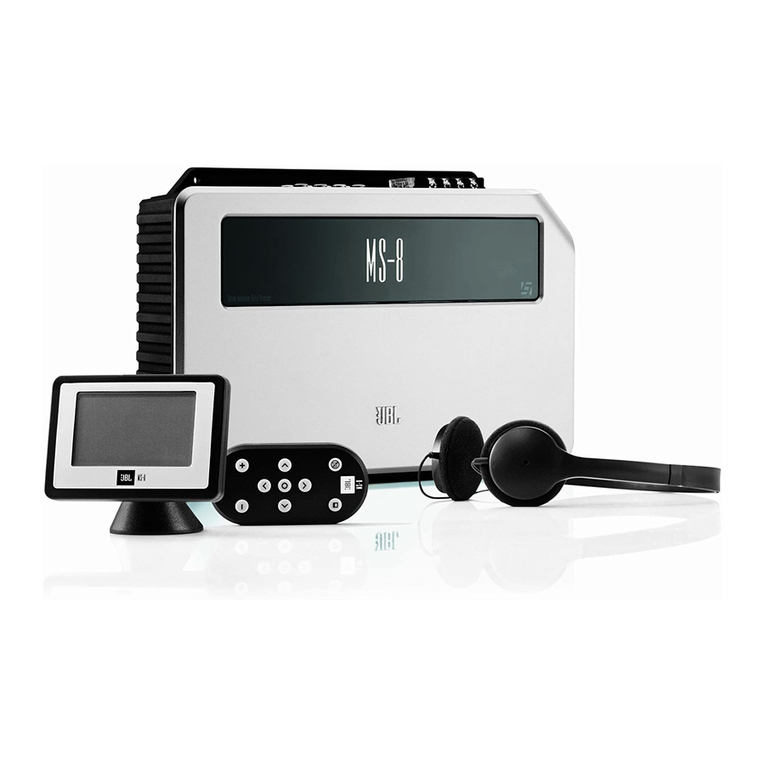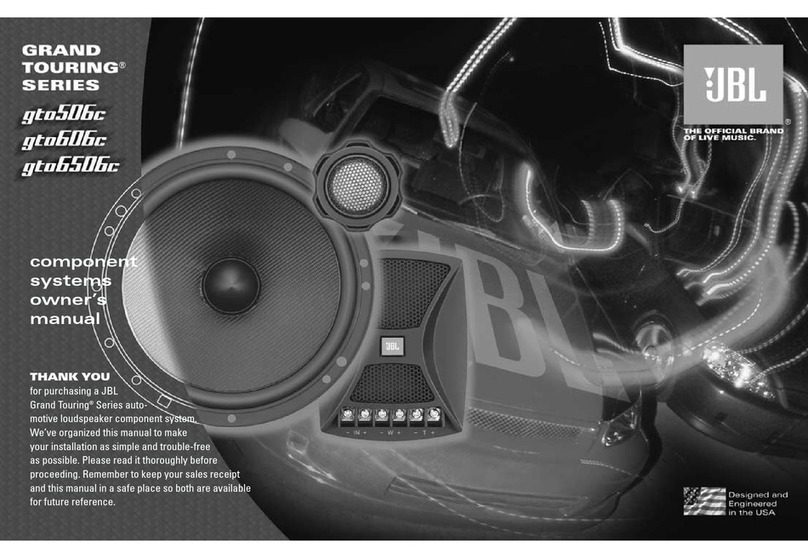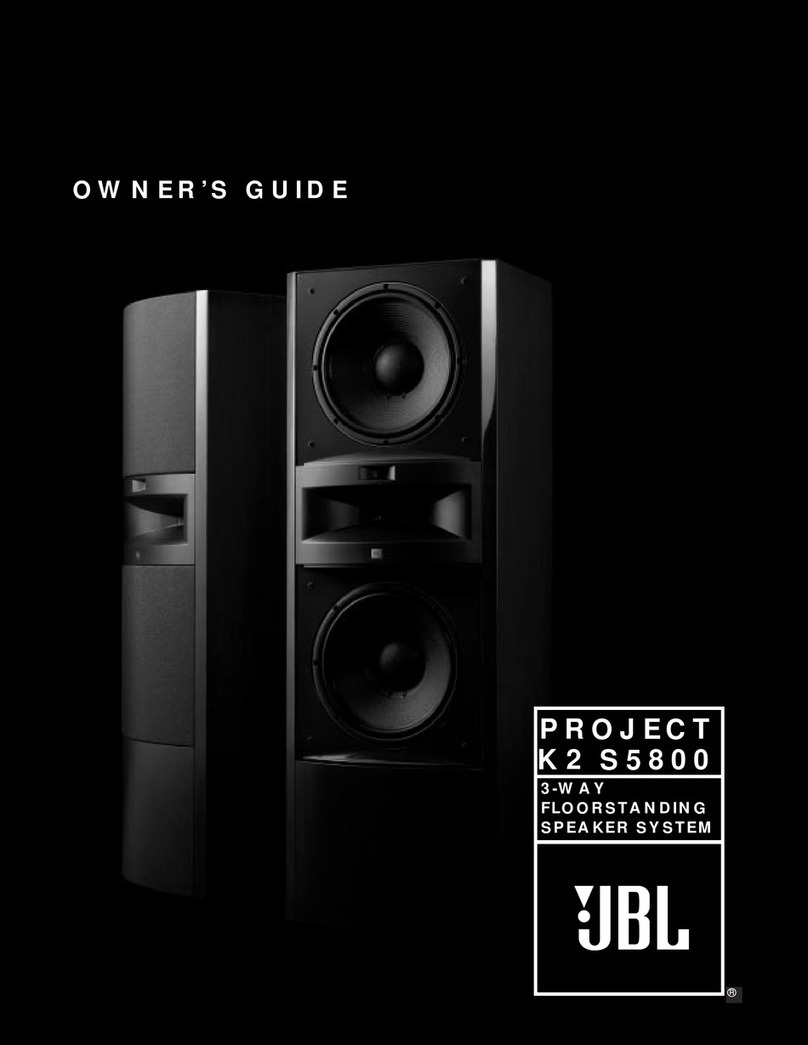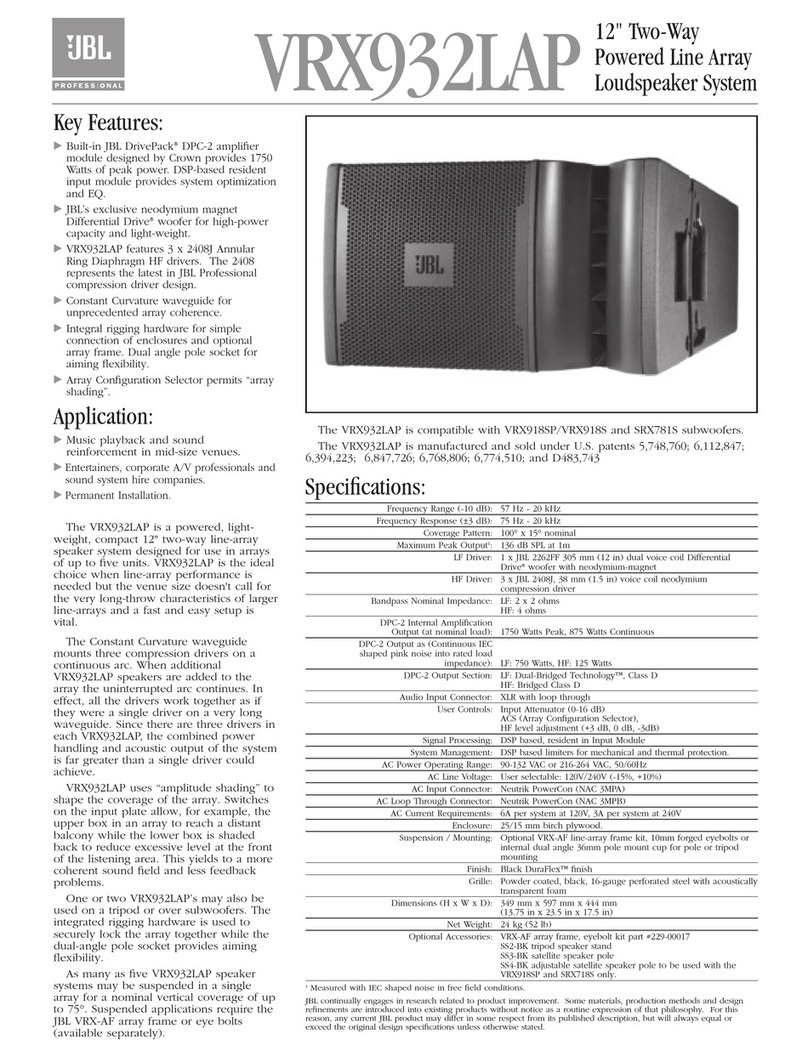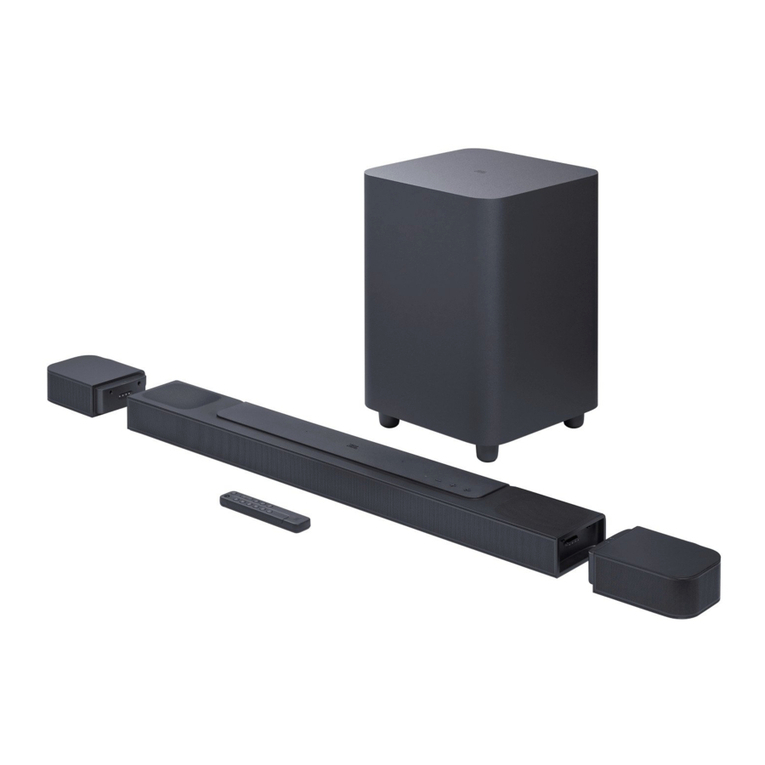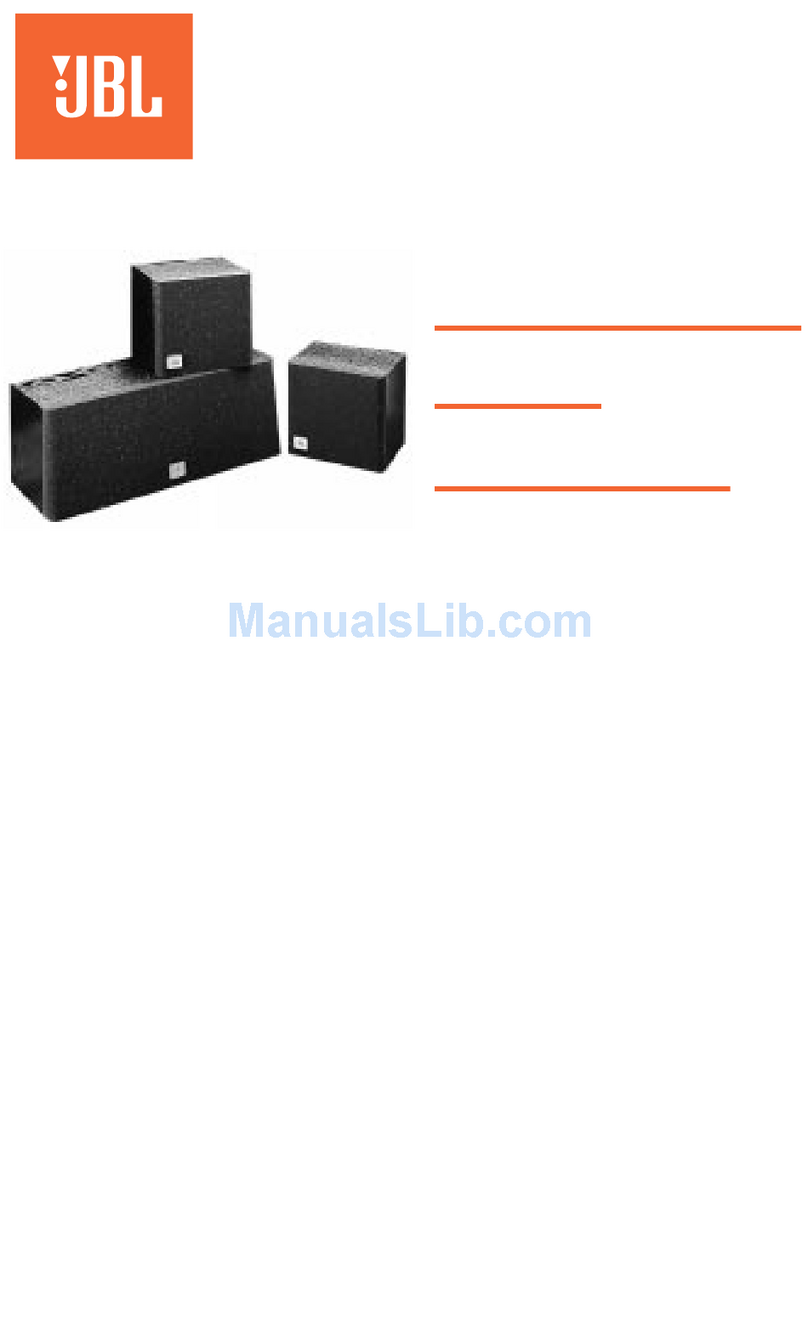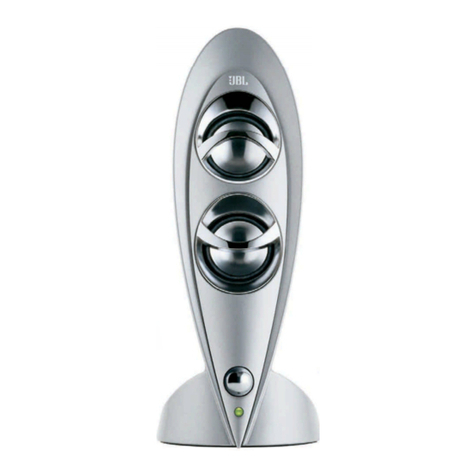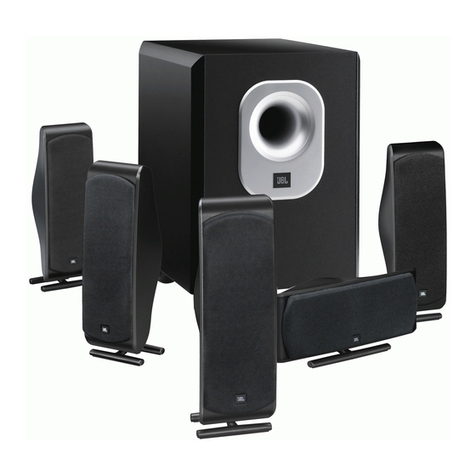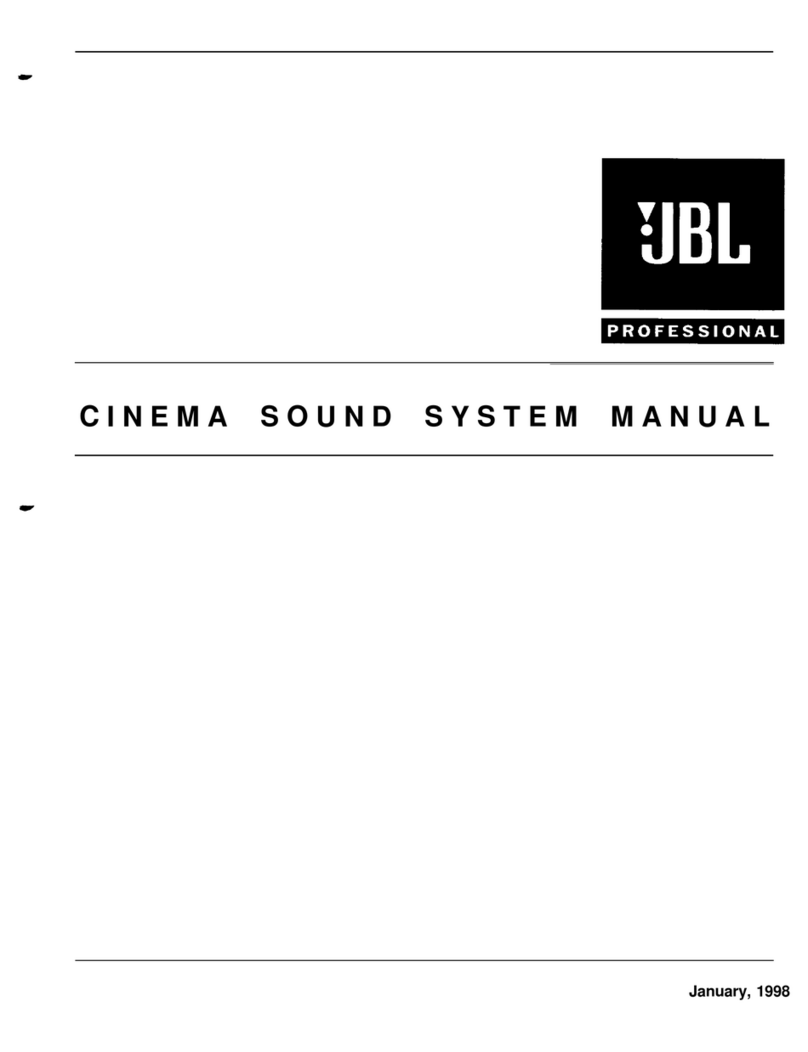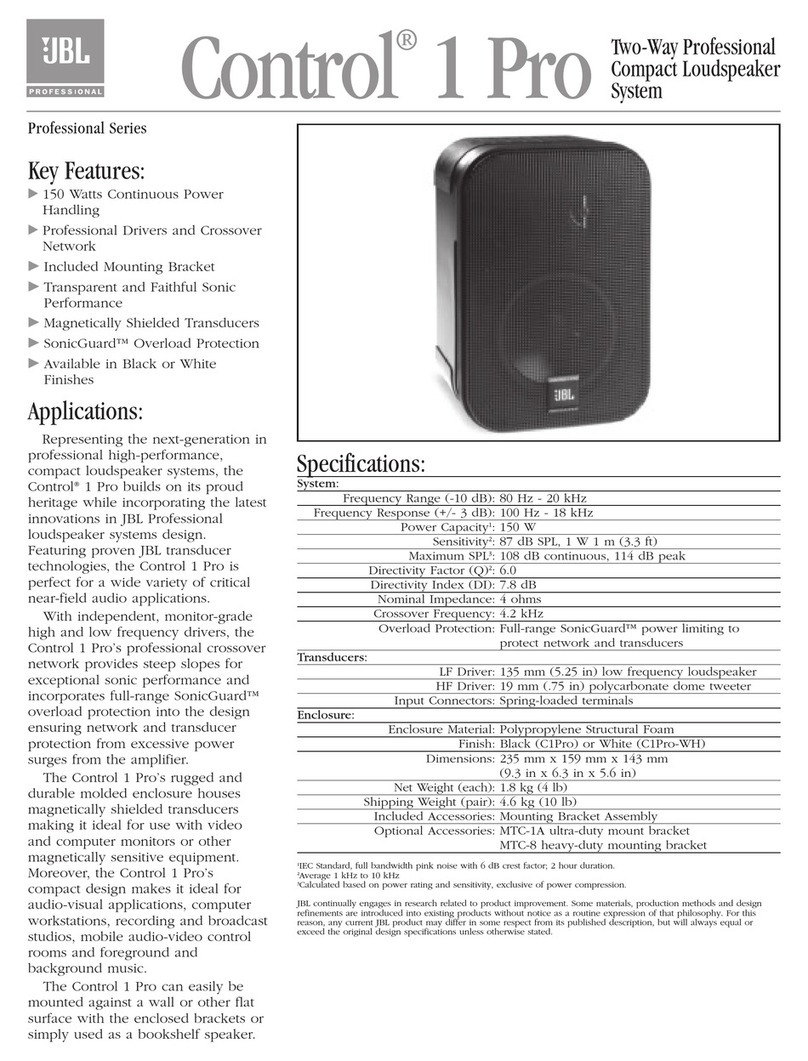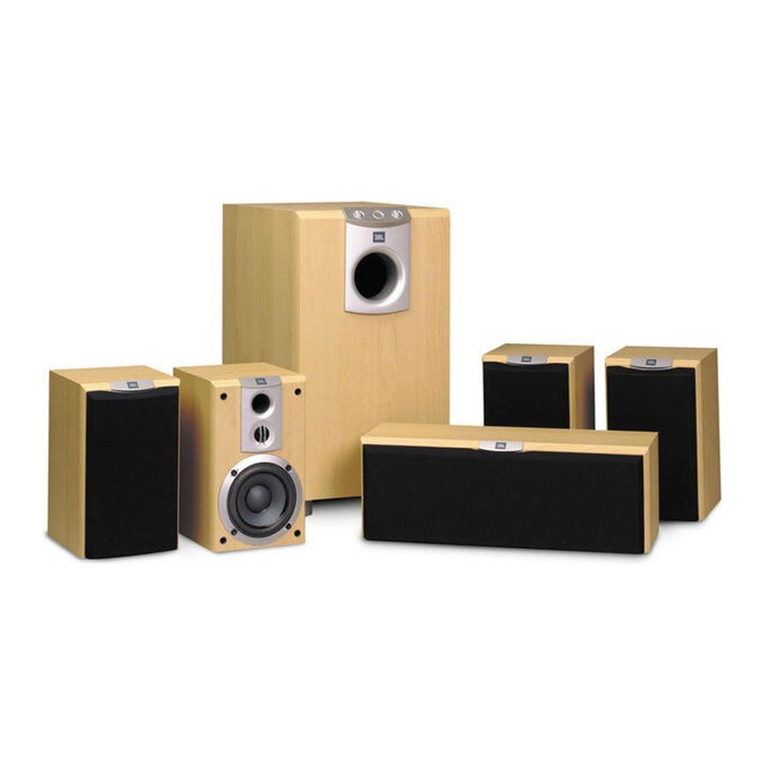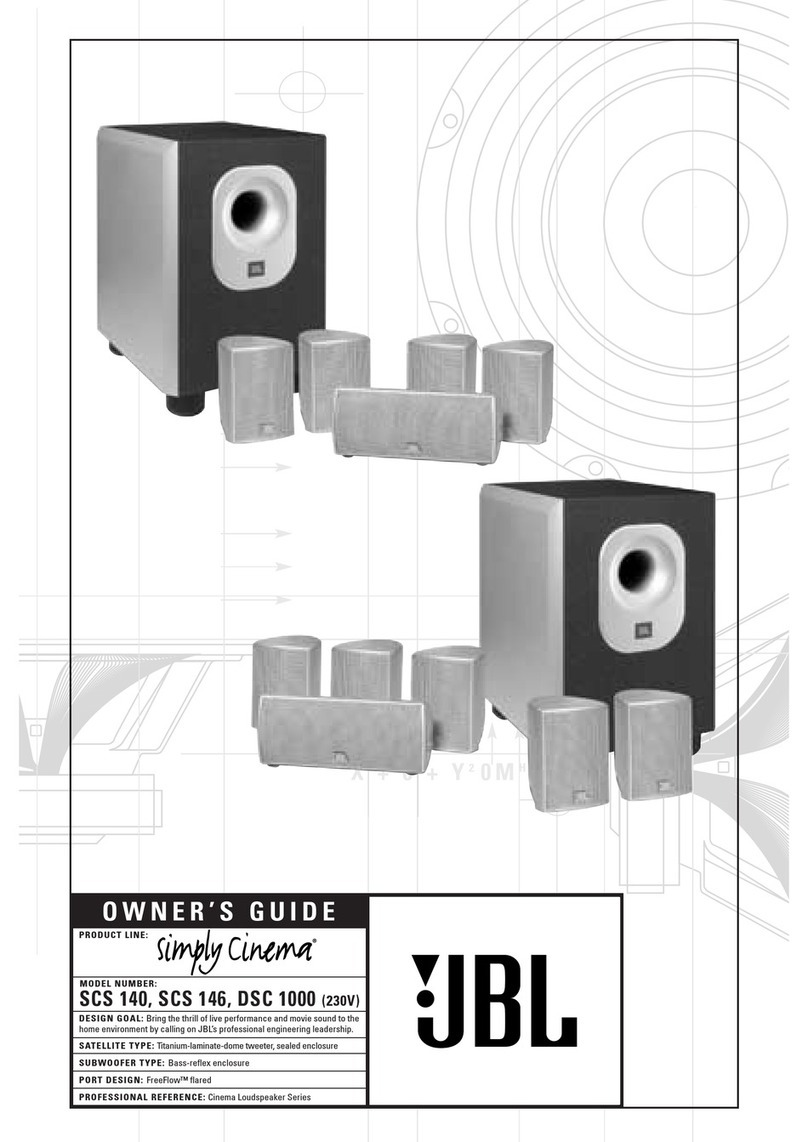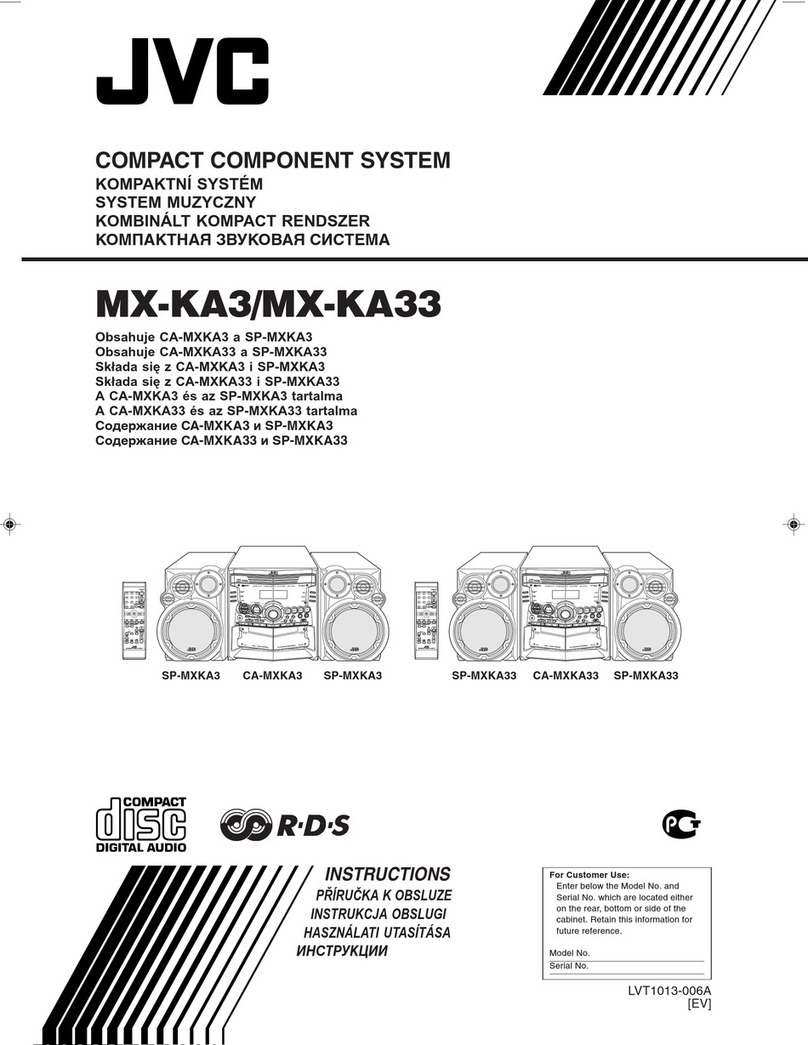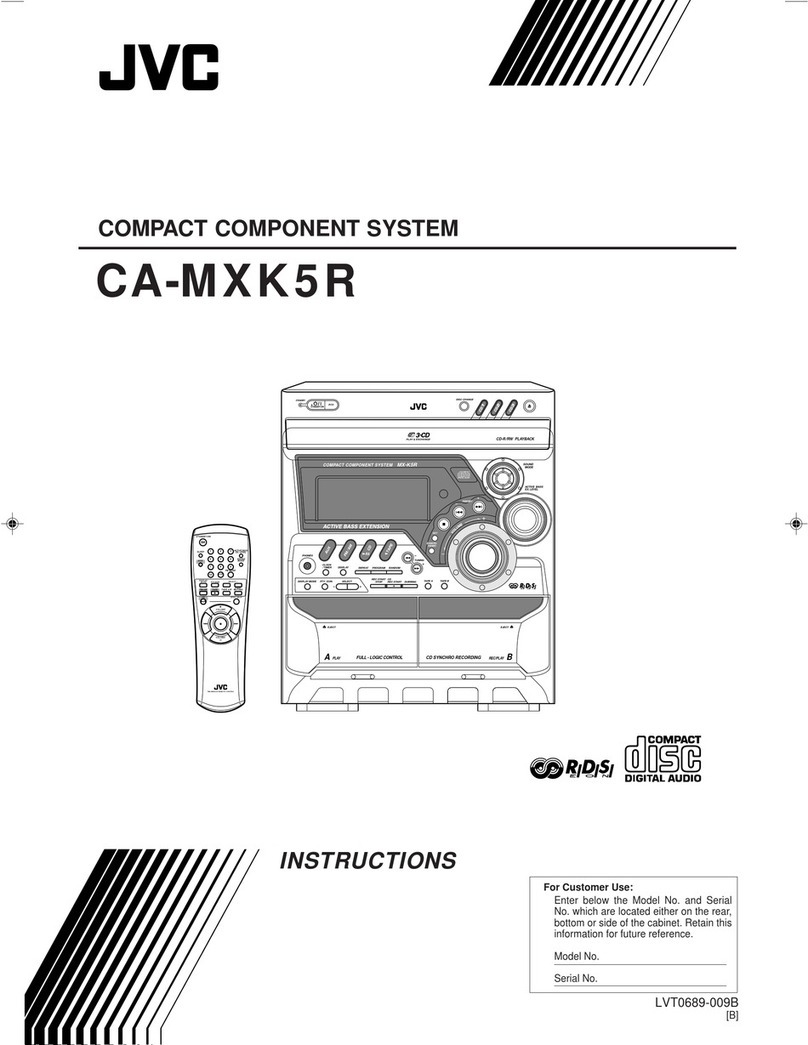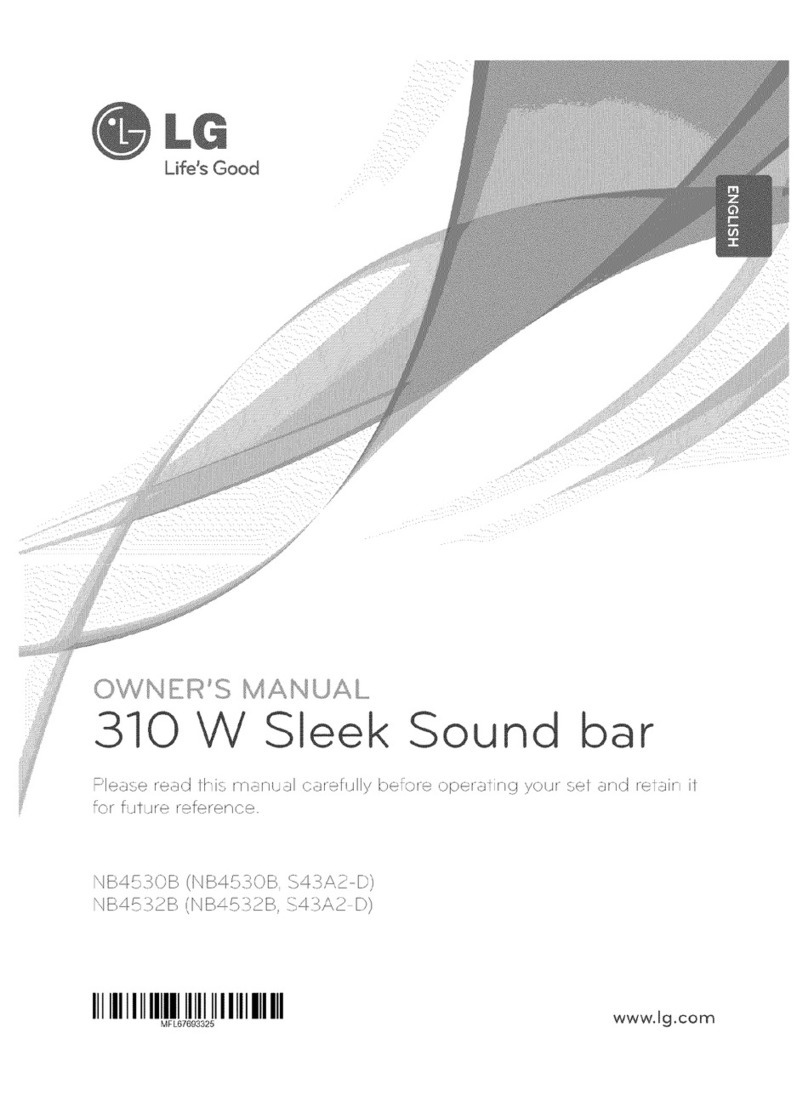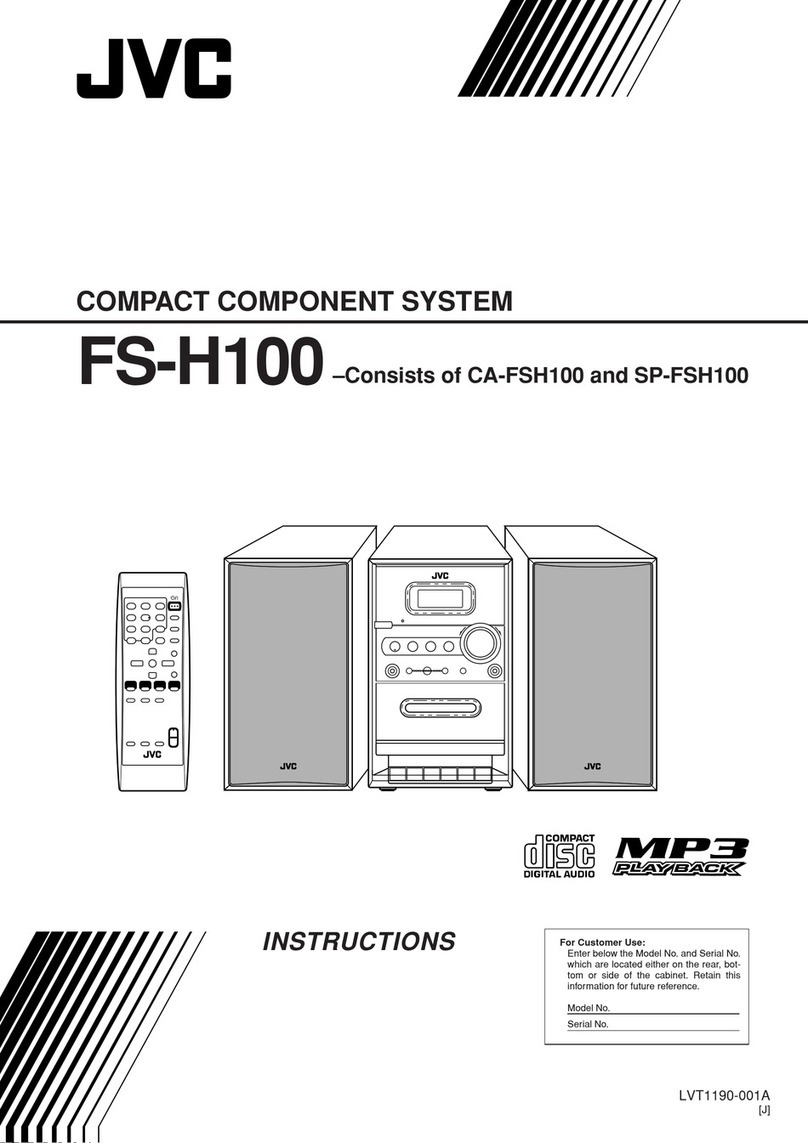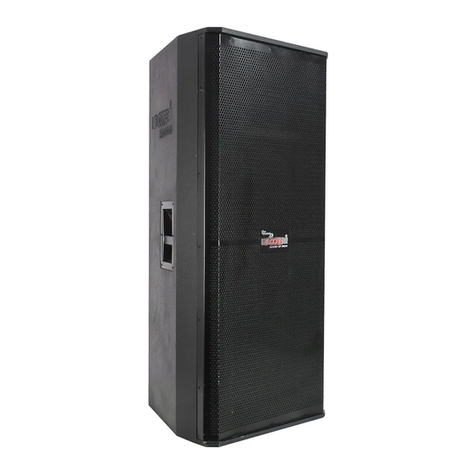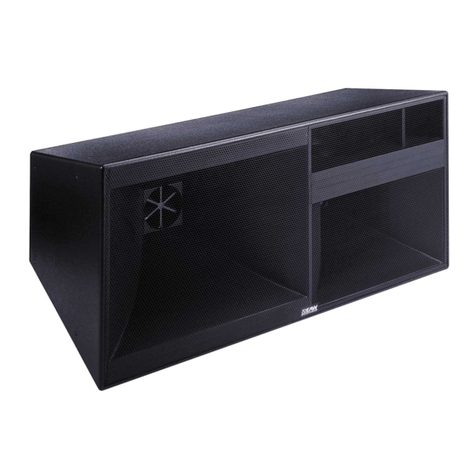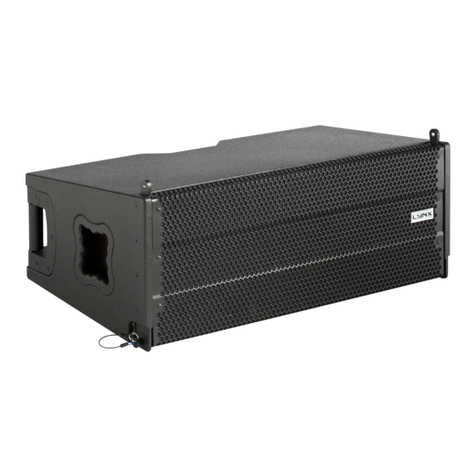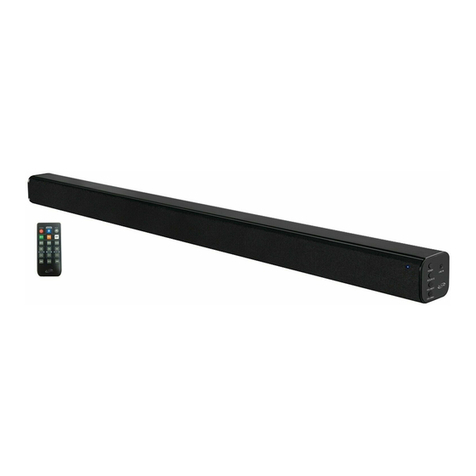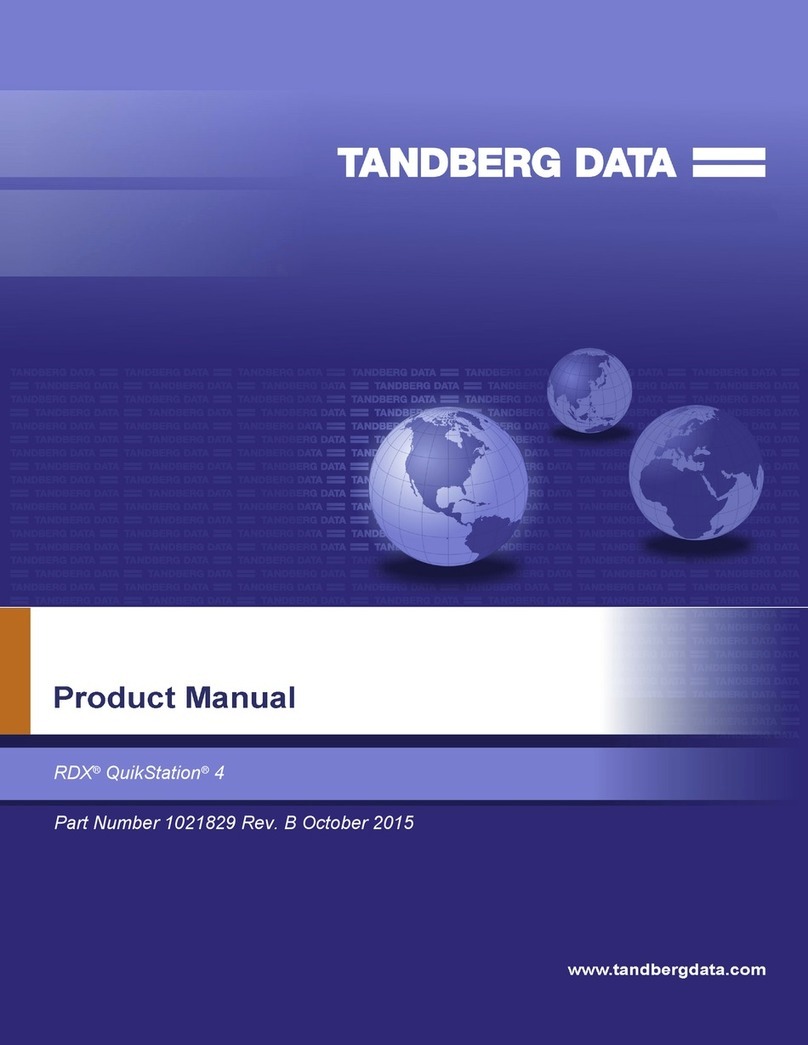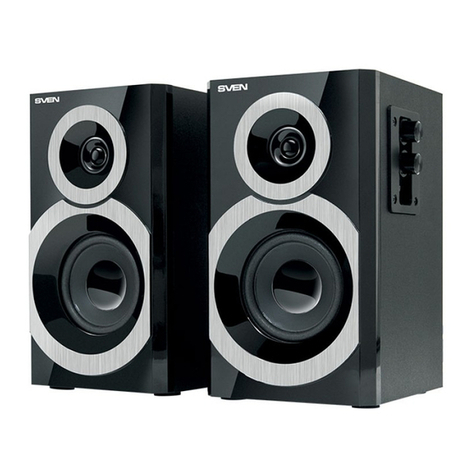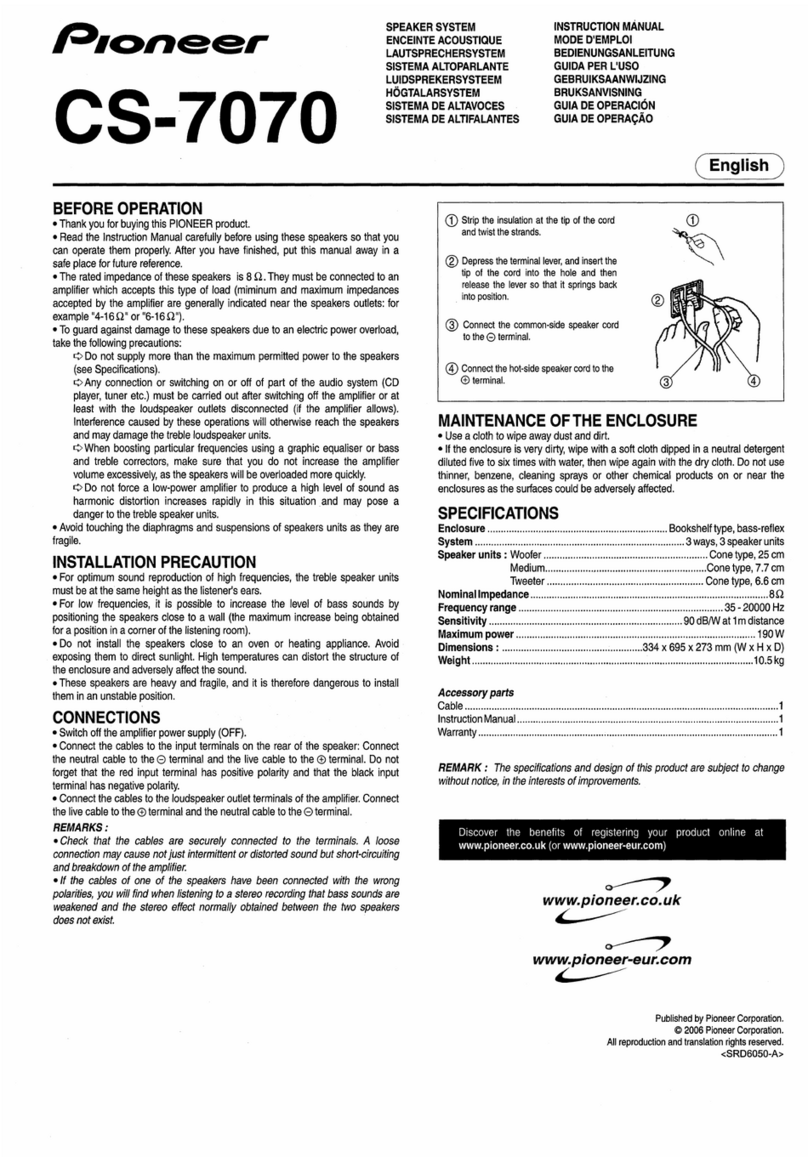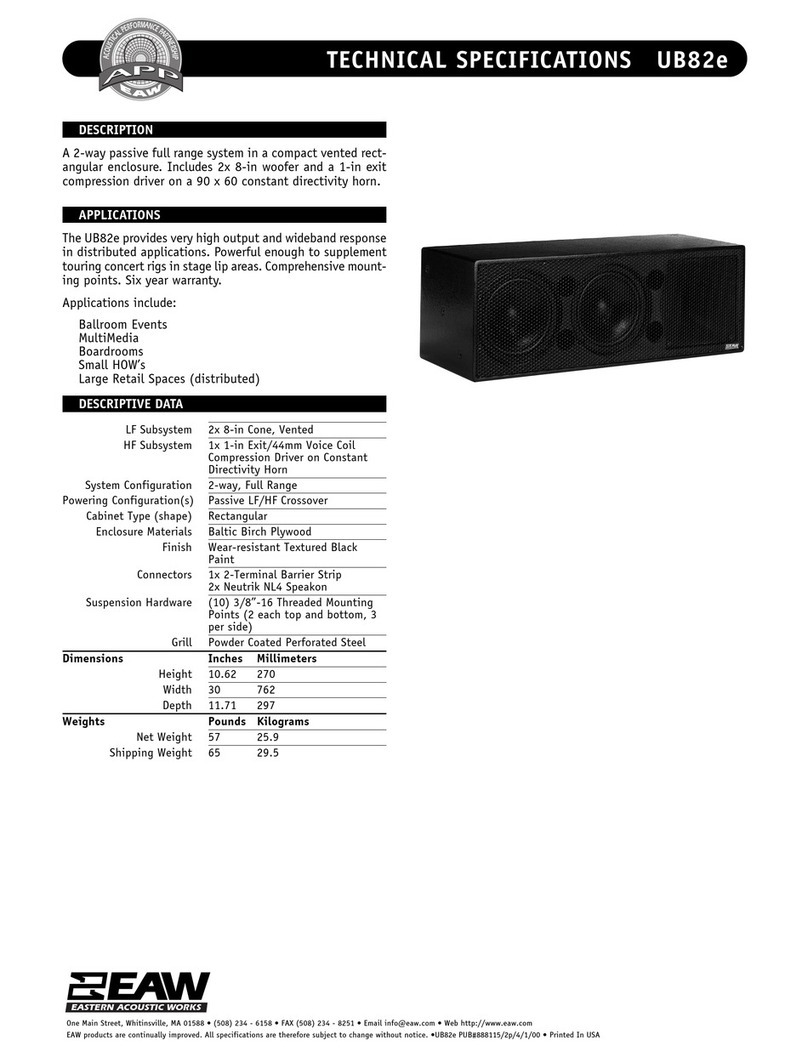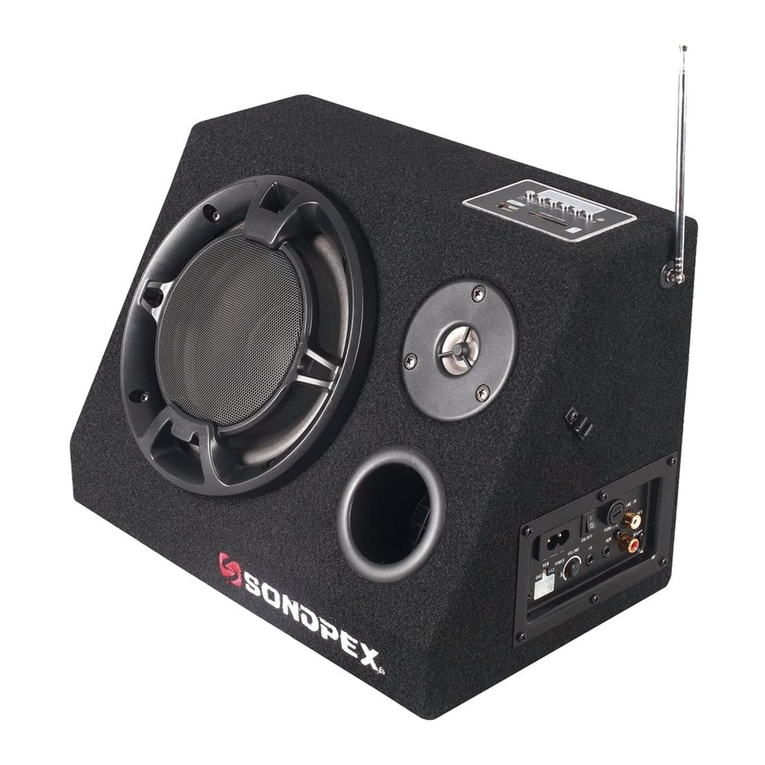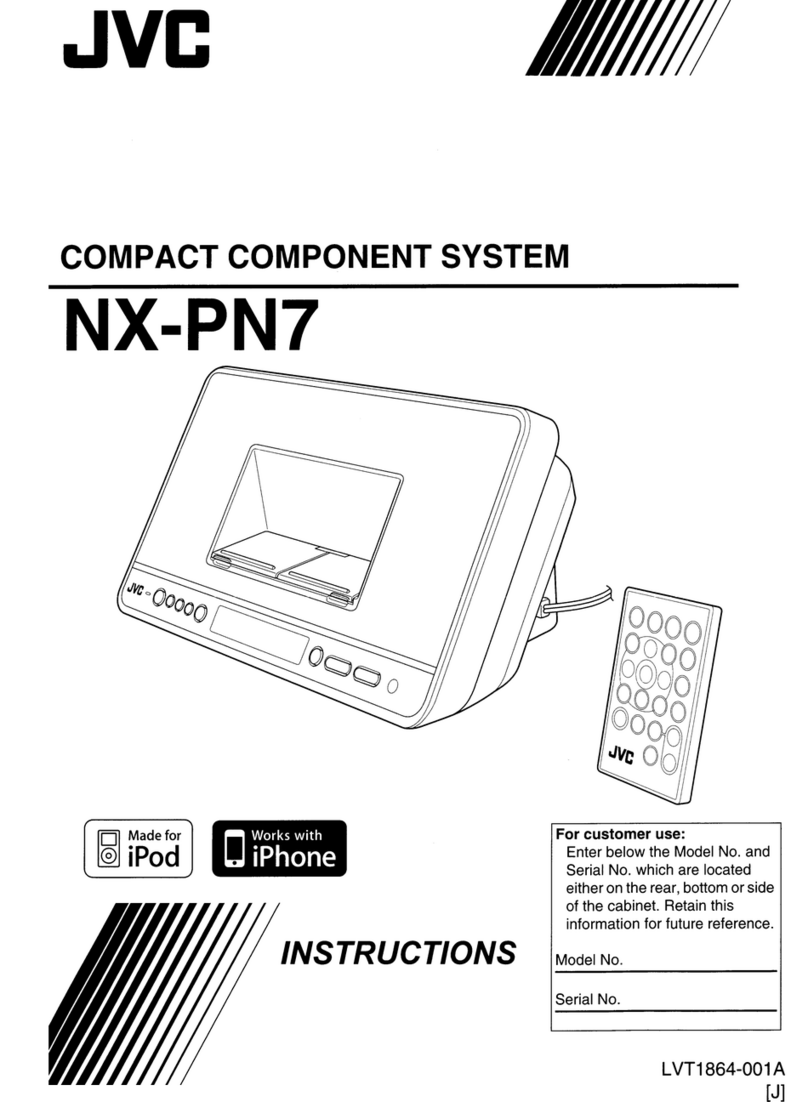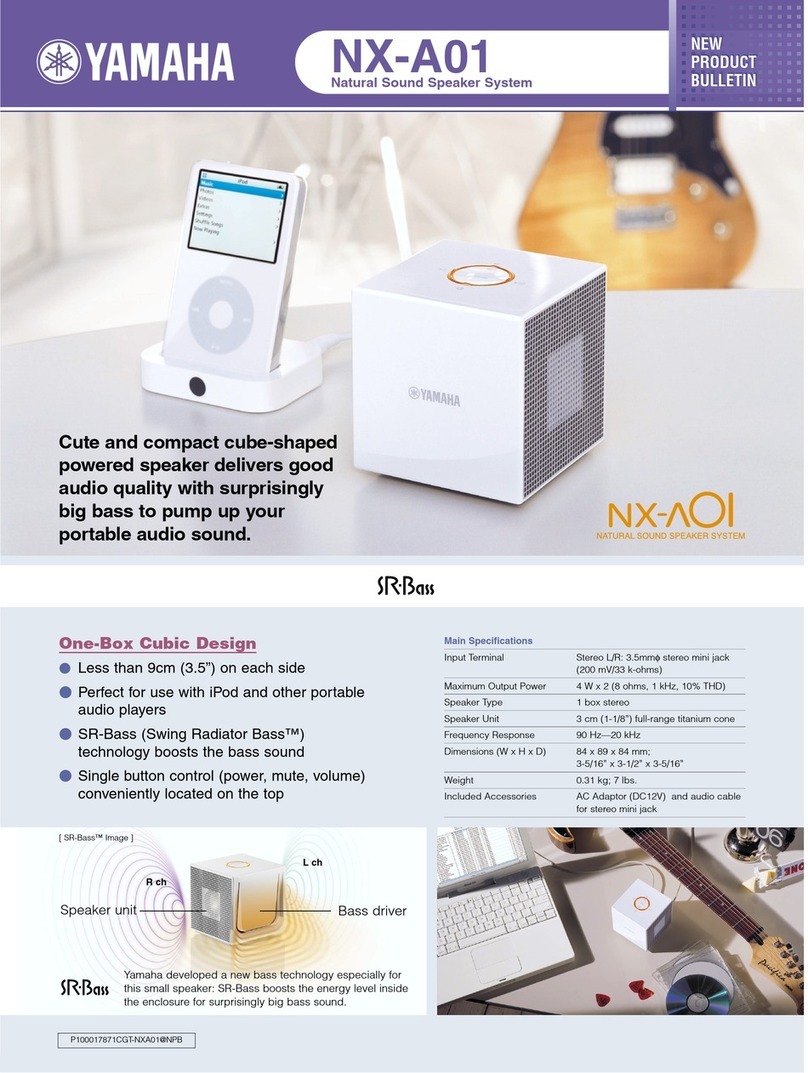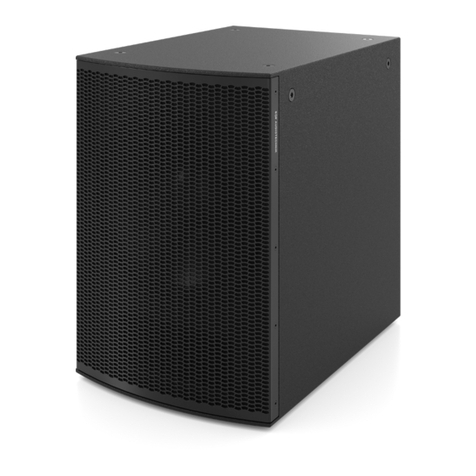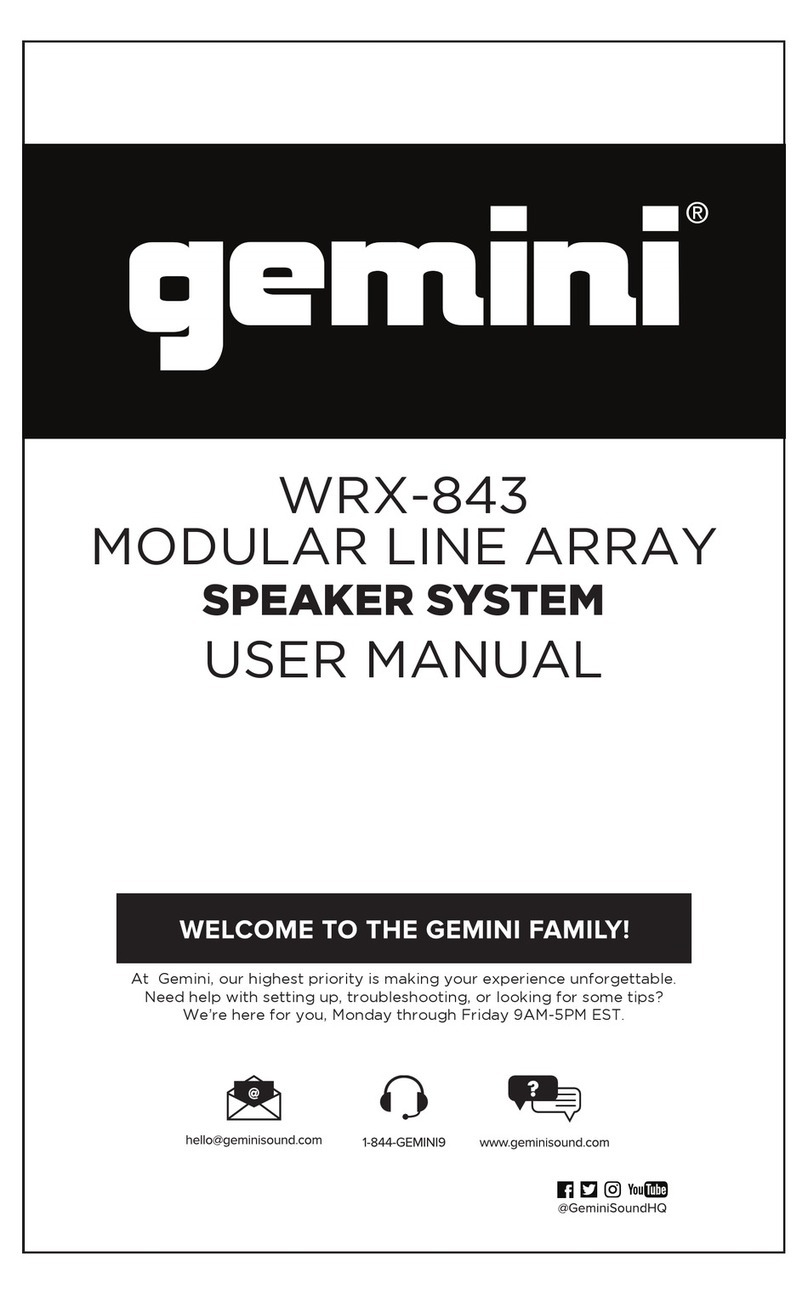7
3.1#THE UPNPPROTOCOLE ............................................................................................................ 49#
3.2#UPNPNETWORK ARCHITECTURE ................................................................................................ 49#
3.3#RECOMMENDED UPNPSOFTWARE ............................................................................................... 50#
4#DAILY OPERATIONS ..................................................................................................................... 52#
4.1#AVAILABLE USER INTERFACES ..................................................................................................... 52#
4.2#USING THE FRONT PANEL ........................................................................................................... 53#
#Power On-Off Sequence ........................................................................................................................... 53#
Volume control ......................................................................................................................................................... 54#
Source selection ...................................................................................................................................................... 54#
Preset selection ....................................................................................................................................................... 54#
#Checking the format of incoming audio ................................................................................................... 55#
4.3#USING THE IR REMOTE CONTROL ................................................................................................. 56#
#Volume control ......................................................................................................................................... 56#
#Source selection ....................................................................................................................................... 56#
#Listening format Selection ........................................................................................................................ 56#
#Presets selection ...................................................................................................................................... 57#
#Access to the Front Panel menu ............................................................................................................... 57#
#Light Button .............................................................................................................................................. 57#
#Level and Delay Adjustment Bypass ........................................................................................................ 57#
4.4#USING THE GRAPHICAL INTERFACE .............................................................................................. 58#
#Volume control ......................................................................................................................................... 58#
#Source selection ....................................................................................................................................... 58#
#Preset selection ........................................................................................................................................ 59#
#Checking the format of incoming audio ................................................................................................... 59#
5#BASIC SETTINGS .......................................................................................................................... 60#
5.1#NAMING YOUR SOURCES ............................................................................................................ 60#
5.2#CONFIGURING YOUR SOURCES .................................................................................................... 61#
5.3#DEFAULT SOURCE CONFIGURATION .............................................................................................. 63#
5.4#LEVEL AND DELAY ALIGNMENT OPTIONS ...................................................................................... 64#
5.5#NAMING,SAVING AND LOADING PRESETS ...................................................................................... 65#
5.6#DEFAULT PRESET ..................................................................................................................... 66#
5.7#SET A MAXIMUM VOLUME ......................................................................................................... 67#
5.8#SET THE DIM LEVEL .................................................................................................................. 68#
5.9#BACKUP/RESTORE OF PRESETS .................................................................................................. 68#
6#OVERVIEW OF THE SETUP PROCEDURE ...................................................................................... 70#
7#ESSENTIAL TOOLS AND SETTINGS .............................................................................................. 71#
7.1#AUDIO CLOCK SETTINGS ............................................................................................................ 71#
#Audio clock status information ................................................................................................................. 71#
#Audio clock setup ..................................................................................................................................... 72#
7.2#METERING THE INPUTS AND OUTPUTS .......................................................................................... 73#
7.3#PLAYING PINK NOISE ON THE SPEAKERS ....................................................................................... 74#
7.4#SOLO/MUTE AN INPUT OR AN OUTPUT ......................................................................................... 75#
7.5#SWITCHING LEVEL AND DELAY ADJUSTMENTS ON/OFF ................................................................... 76#
7.6#VIEWING THE ACOUSTICAL GRAPHS ............................................................................................. 77#
#Important notes ........................................................................................................................................ 78#
#Graphs display options ............................................................................................................................. 78#
#Choose display options according to your requirements ......................................................................... 79#
8#SPECIFY THE SPEAKER LAYOUT ................................................................................................. 81#
8.1#OVERVIEW OF THE SPEAKERS SETUP PROCEDURE ........................................................................... 81#
8.2#INTRODUCING THE SPEAKER/ROOM SETUP TOOL ........................................................................... 81#
8.3#AN EXAMPLE OF A SPECIFIC SPEAKER LAYOUT ............................................................................... 83#
8.4#AVAILABLE INITIAL LAYOUTS ...................................................................................................... 84#
8.5#SELECT AN INITIAL SPEAKER LAYOUT ........................................................................................... 85#
8.6#ADDING SPEAKERS .................................................................................................................... 86#
#Adding Regular Speakers .......................................................................................................................... 86#
#Adding Dolby Enabled Upfiring speakers .................................................................................................. 87#
8.7#REMOVING SPEAKERS ................................................................................................................ 88#
8.8#CONFIGURE THE SETTINGS OF EACH SPEAKER ............................................................................... 88#
8.9#CONFIGURE THE CROSSOVER SETTINGS (OPTIONAL) ....................................................................... 90#
8.10#MAPPING THE CHANNELS OF DIFFERENT FORMATS ......................................................................... 90#
